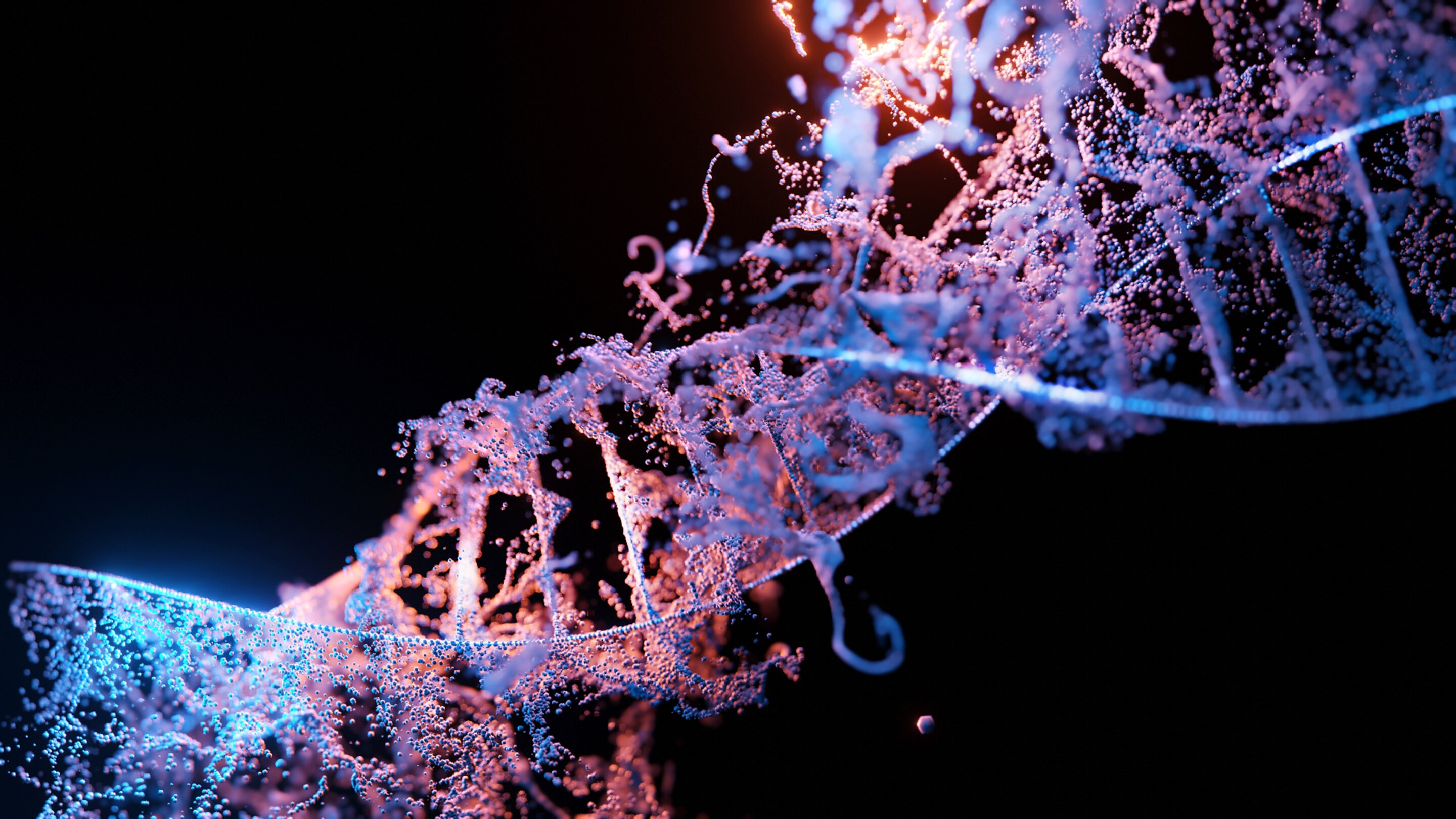#Engineers develop new tool that will allow for more personalized cell therapies

Table of Contents
“Engineers develop new tool that will allow for more personalized cell therapies”

A University of Minnesota Twin Cities team has, for the first time, developed a new tool to predict and customize the rate of a specific kind of DNA editing called “site-specific recombination.” The research paves the way for more personalized, efficient genetic and cell therapies for diseases such as diabetes and cancer.
The study is published in Nature Communications.
The process of site-specific recombination involves using enzymes that recognize and modify specific sequences of DNA in living cells. It has important applications for treating myriad diseases using cellular therapies.
Immunotherapy, for example, entails extracting immune cells from a patient and genetically modifying them to fight back against a disease like cancer. In these applications, it is important to precisely control the timing of gene expression to maximize the effects of the treatment while minimizing adverse reactions in the body.
University of Minnesota engineers have developed a method that combines high-throughput experiments with a machine learning model to make the site-specific recombination process more efficient and predictable. The model allows researchers to program the rate at which the DNA is edited. This means they can control the speed at which a therapeutic cell responds to its environment, thereby controlling how quickly or slowly it produces a drug or therapeutic protein.
“To our knowledge, this is the first example of using a model to predict how modifying a DNA sequence can control the rate of site-specific recombination,” said Casim Sarkar, senior author on the paper and an associate professor in the University of Minnesota Twin Cities Department of Biomedical Engineering. “By applying engineering principles to this problem, we can dial in the rate at which DNA editing happens and use this form of control to tailor therapeutic cellular responses. Our study also identified novel DNA sequences that are much more efficiently recombined than those found in nature, which can accelerate cellular response times.”
Sarkar and his team first developed an experimental method to calculate the rate of site-specific recombination, then used that information to train a machine learning algorithm. Ultimately, this allows the researchers to simply type in a DNA sequence, and the model predicts the rate at which that DNA sequence will be recombined.
They also found that they could use modeling to predict and control the simultaneous production of multiple proteins within a cell. This could be used to program stem cells to produce new tissues or organs for regenerative medicine applications or to endow therapeutic cells with the ability to produce multiple drugs in pre-defined proportions.
“Different patients may require different doses or a faster or slower cell response—not everyone is the same,” Sarkar explained. “By building genetic circuits inside cells that utilize multiple DNA sequences with different and defined recombination rates, we can now achieve things that were difficult to do previously, like program ratios of protein production in therapeutic cells. Our rational approach enables personalized treatment for the patient.”
Casim Sarkar et al, Model-guided engineering of DNA sequences with predictable site-specific recombination rates, Nature Communications (2022). DOI: 10.1038/s41467-022-31538-3
Citation:
Engineers develop new tool that will allow for more personalized cell therapies (2022, July 20)
retrieved 20 July 2022
from https://phys.org/news/2022-07-tool-personalized-cell-therapies.html
This document is subject to copyright. Apart from any fair dealing for the purpose of private study or research, no
part may be reproduced without the written permission. The content is provided for information purposes only.
If you liked the article, do not forget to share it with your friends. Follow us on Google News too, click on the star and choose us from your favorites.
For forums sites go to Forum.BuradaBiliyorum.Com
If you want to read more Like this articles, you can visit our Science category.


